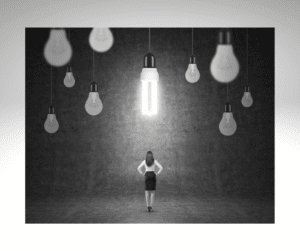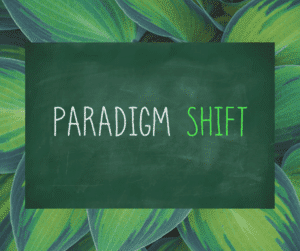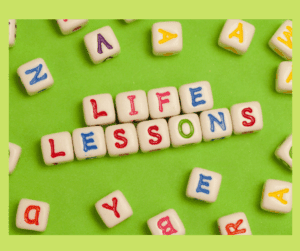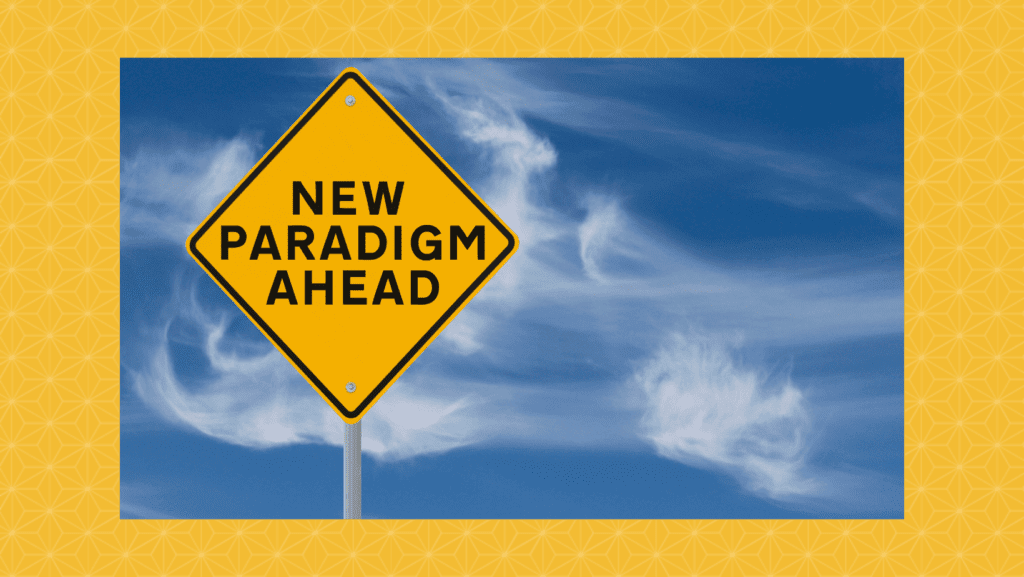
Step Five: Question and Release the Paradigm
Step Five comes into play after you have examined the forces that created your behavior pattern or paradigm. You are now prepared to question it deeply and let it go, or you may feel clear about the pattern but don’t know if 
“In the process of letting go, you will lose many things from the past, but you will find yourself.” ~ Deepak Chopra
Letting go of your current paradigm may be challenging as you may have been holding onto it throughout your transformational journey. It is where you must begin to look at and confront how you have been indoctrinated with your beliefs.
Holding on Tightly to Our Socially Constructed Patterns
Many beliefs that form your paradigm have been constructed through your social and cultural norms, and you may believe them to be absolute truths, as they have tremendous power. But they become invisible to you because it’s something you just do.
You don’t think twice that when you meet someone, you reach your hand out to shake the other person’s, don’t invade someone’s personal space, or always flush the toilet when you’re done. You don’t see or examine these social norms in your life; they just are.
Holding on Tightly to Our Personal Paradigms
As the saying goes for changing something in your life, “You’ve got to name it to claim it,” so, too, for creating a paradigm shift. Once identified, the decision then is to let it go if you are willing.

If your ego is weaker, your defense mechanisms may be gently questioned, and you’ll be guided to look within yourself to see what may be causing you to react.
Questioning Your Paradigm
Questioning your paradigm is where you must recognize you have a problem or issue and dare to face the pain that is part of the transformational process. But that is not enough to create lasting change in many people. Even though this particular behavior pattern now limits you, it was once a “success strategy” for you.
To embrace a new paradigm requires letting go of the old one, and letting go of the old one may require honoring it for how it did serve you in your life. You’ll be helped with identifying its strengths so you can discover ways to keep them.
Sometimes, knowing how a paradigm served you is not strong enough for you to let it go. When you identify how it limits you, you invite the contemplation required to understand what’s happening and its purpose.
Going a step further, when you see how the paradigm has been your teacher, it loses its grip over you, becoming more like a friend or a partner. When you see the paradigm has been in place to teach you a lesson, once you learn it, there isn’t a need for it anymore. Here is the turning point where letting it go becomes possible.
Voice Dialogue
Voice Dialogue, a system created by Hal and Sidra Stone to understand ourselves more deeply, is a method that helps you arrive at this point. Humans are comprised of many parts in the psyche, and one of your parts will be called out to have a conversation—usually the part driving the interaction.
There are many voices inside our heads, and the more you have a dialogue with them, the more you understand yourself. The more you know yourself, the more you can make conscious decisions. When you are helped to see all your parts without judging them, you can see yourself—all of your selves.
You are now ready to let go of your old paradigm and create a new, more expansive one.

For more information, schedule a free 15-minute discovery call or a complimentary 60-minute coaching session today!

